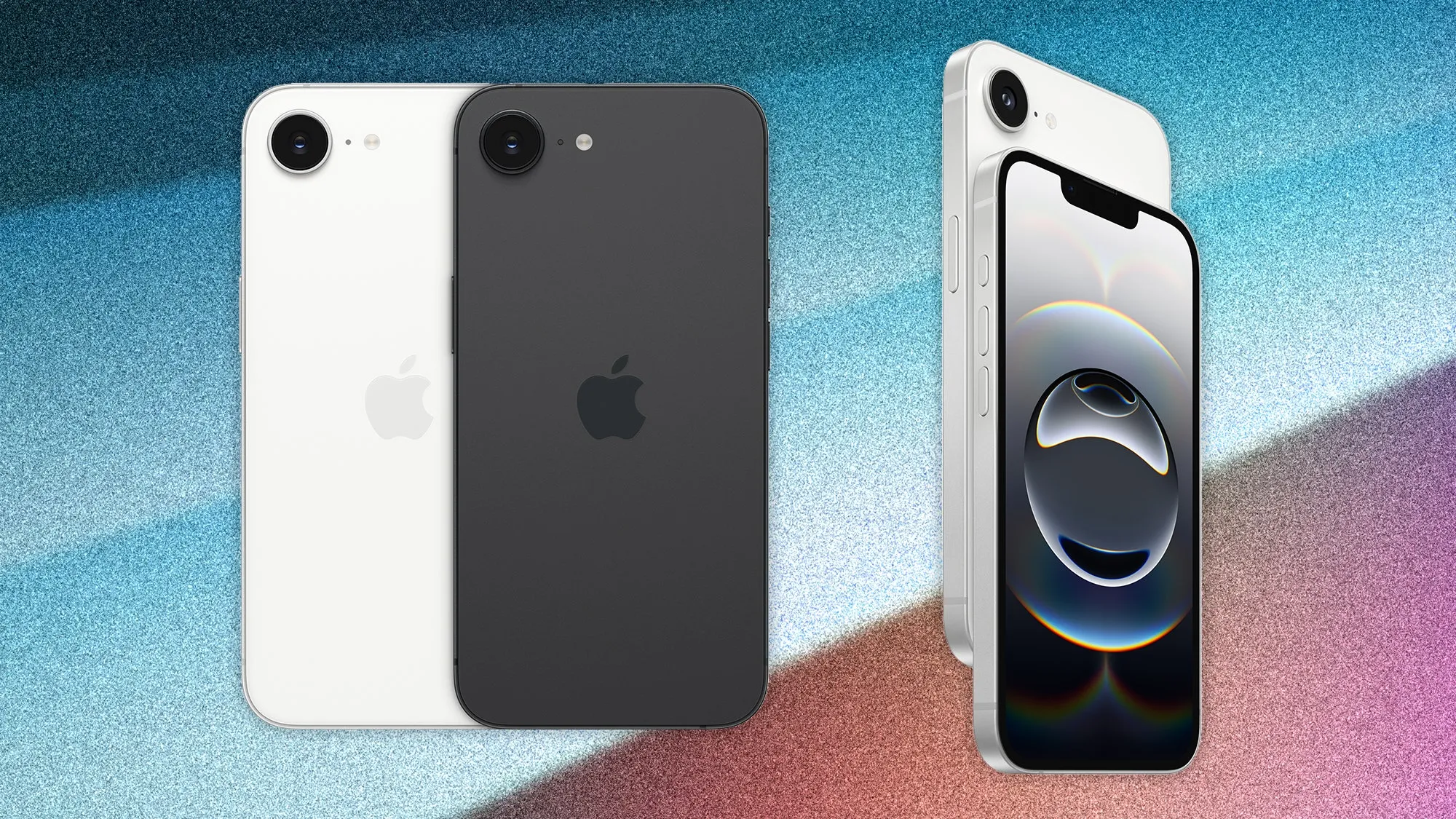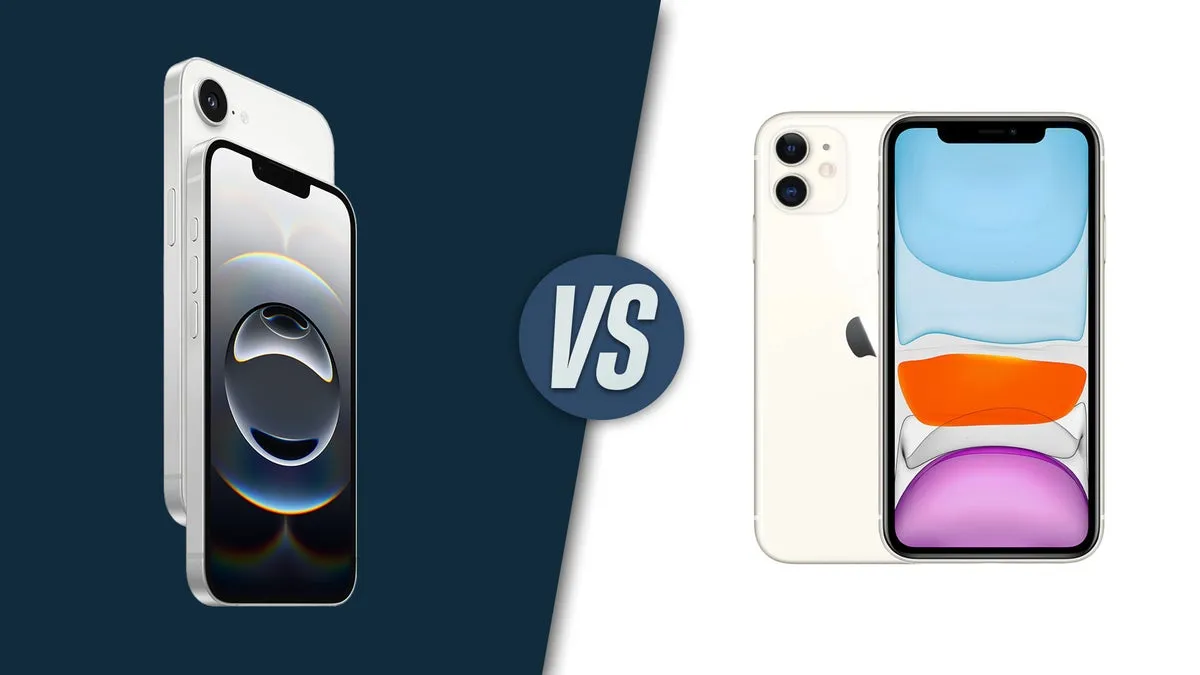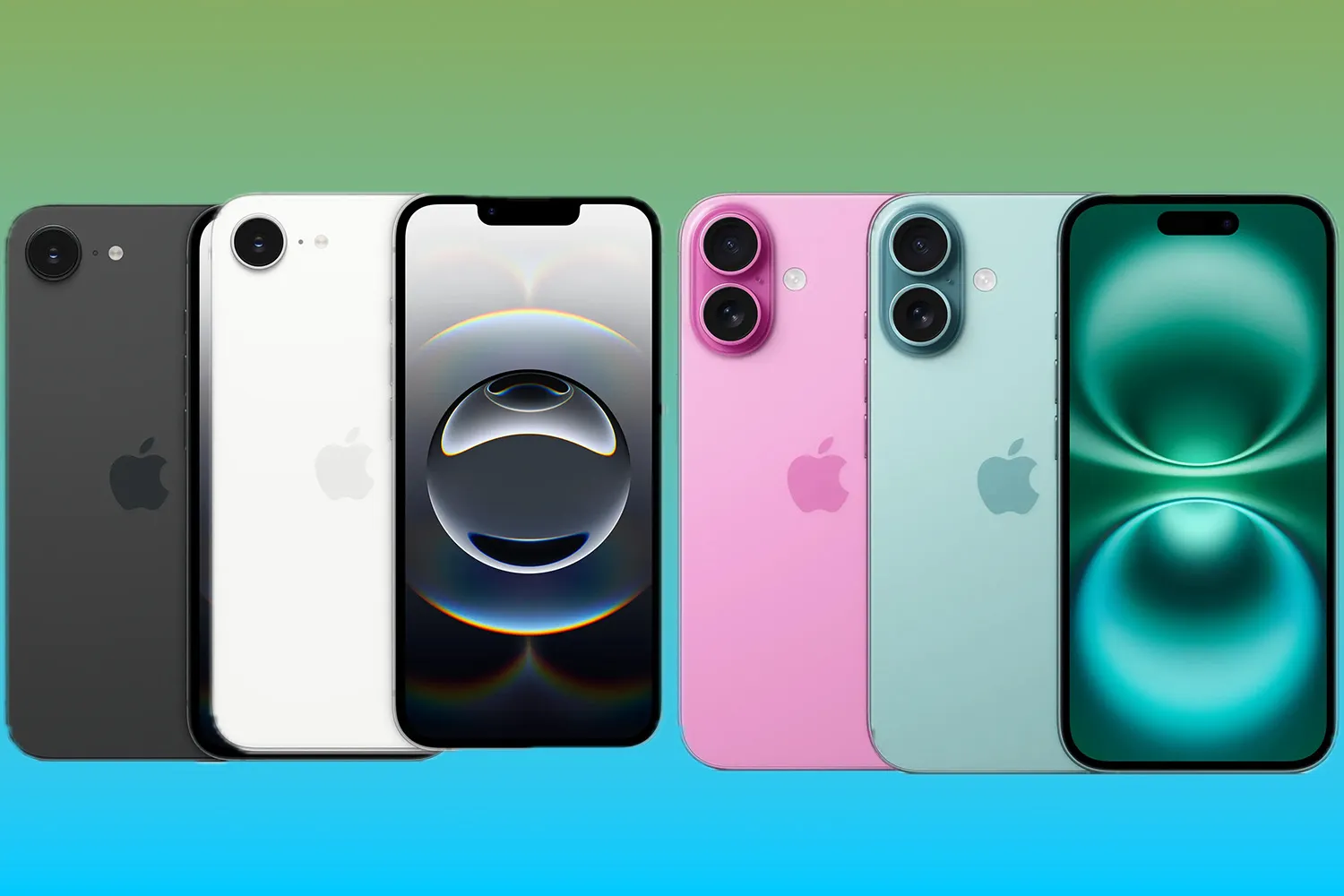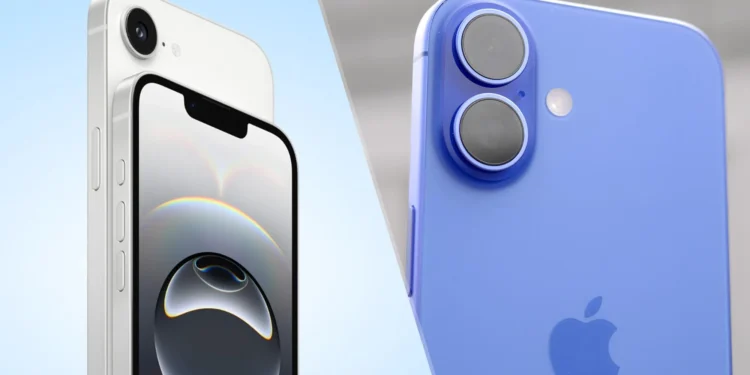In the ever-evolving world of mobile technology, Apple’s latest move with the iPhone 16e introduces a significant shift in strategy that may redefine the competitive landscape. This new model, aimed at the budget-conscious consumer, incorporates Apple’s own C1 5G modem—an ambitious step away from the long-standing reliance on Qualcomm’s technology. While Apple’s foray into developing its own modem technology after acquiring Intel’s 5G business is noteworthy, the results have sparked a mix of optimism and skepticism.

The Technical Setback of the C1 Modem
At first glance, the introduction of the C1 5G modem in the iPhone 16e seems like a technological leap forward for Apple. However, it becomes apparent that the modem lacks support for millimeter-wave 5G frequencies—a crucial component in achieving the ultra-fast speeds that have been heavily marketed and anticipated across North America. This limitation suggests that users of the iPhone 16e will miss out on these high-speed benefits, experiencing either sub-par 5G performance or fallbacks to LTE networks.
The absence of millimeter-wave support is a critical factor, primarily because the infrastructure and technological prowess behind this faster 5G spectrum have been dominated by Qualcomm. Their innovations and marketing strategies have made such technology nearly indispensable in North American networks. This move by Apple could either be seen as a bold independence from Qualcomm’s expensive licensing fees or as a missed opportunity to deliver cutting-edge technology to its users.
The Broader Implications for Apple and the 5G Market
The introduction of the iPhone 16e with its C1 modem has broader implications for the 5G ecosystem and Apple’s position within it. By opting to use an in-house modem, Apple is signaling its intention to take greater control over its hardware capabilities. However, this decision comes with the risk of alienating users who expect the highest possible speeds and network reliability offered by current 5G technology.

Moreover, Apple’s strategic decision to forego millimeter-wave technology in its budget model raises questions about its future plans for higher-end models. Will Apple continue to develop and enhance its modem technology to eventually support millimeter-wave frequencies, or will this limitation persist across future models, potentially diminishing the brand’s reputation for delivering top-tier technology?
Qualcomm’s Dominance and the Competitive Landscape
This situation also highlights Qualcomm’s robust grip on the 5G market, particularly in terms of millimeter-wave technology. Despite competitors like Samsung with its Exynos modems, Qualcomm remains a formidable force, underscoring the challenge other companies face when trying to break into this specialized market segment. The fact that even a tech titan like Apple is struggling to match Qualcomm’s offerings without compromising on certain features is telling of the competitive pressures and technological barriers inherent in the industry.

Apple’s launch of the iPhone 16e with the C1 5G modem represents a strategic gamble. It reflects a long-term vision to possibly wean off dominant suppliers like Qualcomm, which could lead to greater autonomy and potentially lower costs in the future. However, this move also underscores the challenges and immediate drawbacks of deviating from established technology pathways—particularly in a market that demands constant innovation and the fastest, most reliable connectivity.










